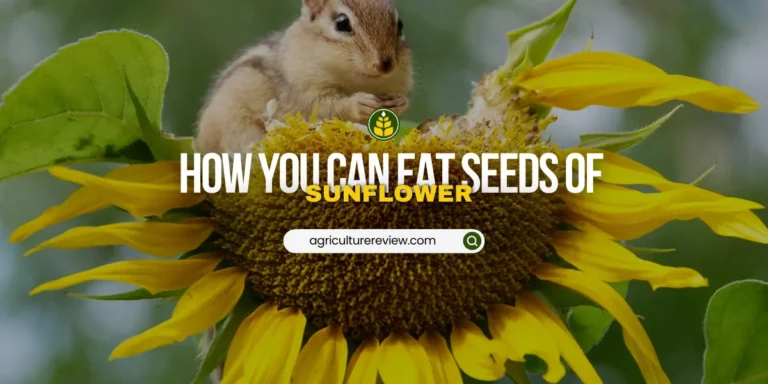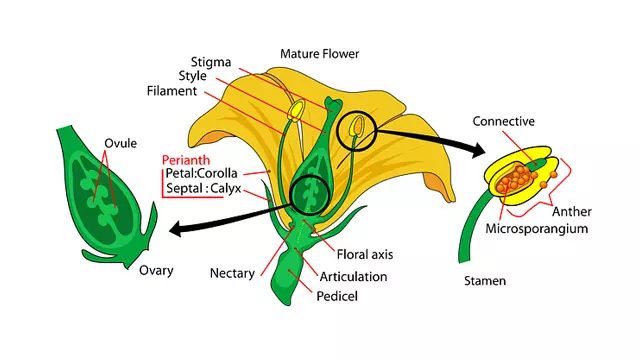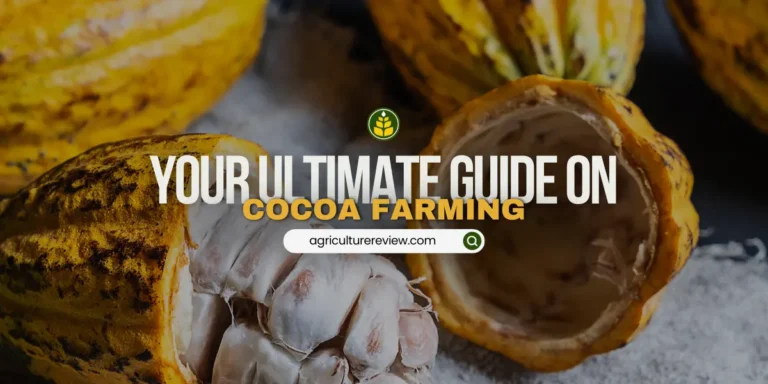1. Which of the following factors directly affects the rate of transpiration in plants?
2. What is the primary function of a mycorrhizal association in plant roots?
3. Which crop is known as the “queen of cereals”?
4. What is the optimal pH range for most crops?
5. Which type of soil has the smallest particle size?
6. Which of the following is a method of organic farming?
7. What is the primary source of nitrogen in leguminous plants?
8. What is the process of converting atmospheric nitrogen into forms usable by plants called?
9. Which of the following is a method of preventing soil erosion?
10. Which of the following is a parasitic weed?
11. What is the primary component of plant cell walls?
12. Which of the following is a micronutrient essential for plant growth?
13. What is the process of converting sunlight into chemical energy in plants?
14. What is the purpose of a greenhouse in agriculture?
15. Which farming practice involves growing crops without disturbing the soil?
16. Which of the following is a greenhouse gas emitted from agricultural activities?
17. Which type of irrigation system applies water directly to the root zone of plants?
18. What is the primary method of pollination in maize?
19. Which of the following pests is a major threat to stored grains?
20. What is the main function of the xylem in plants?
21. Which of the following is an example of a beneficial insect in agriculture?
22. What is the primary nutrient deficiency indicated by yellowing of plant leaves?
23. Which of the following is a biological method of pest control?
24. What is the process of soil particles being transported by wind or water called?
25. Which of the following is a method of seed dispersal by animals?
26. What is the process of removing undesirable plants from a crop field?
27. Which of the following is an example of a cereal crop?
28. What is the process of breaking down organic matter into simpler compounds by microorganisms?
29. Which of the following is an example of a perennial crop?
30. What is the primary nutrient used in large quantities by plants for growth?
31. Which farming practice involves planting different crops in the same field in alternating rows?
32. What is the term for the practice of planting trees on the edges of fields to reduce wind erosion?
33. Which of the following is a method of water conservation in agriculture?
34. What is the term for the process of applying a controlled amount of water to plants at regular intervals?
35. Which of the following is a common disease affecting rice crops?
36. What is the primary role of nitrogen-fixing bacteria in agriculture?
37. Which of the following is a method of controlling insect pests using natural enemies?
38. What is the main purpose of adding lime to soil?
39. Which of the following is a characteristic of organic farming?
40. What is the primary source of carbon dioxide emissions in agriculture?
41. Which of the following is a method of soil conservation on steep slopes?
42. What is the term for the practice of growing two or more crops simultaneously on the same piece of land?
43. Which of the following is a fungal disease affecting banana plants?
44. What is the primary method of reproduction in fungi?
45. What is the term for the process of converting atmospheric nitrogen into a form usable by plants?
46. Which of the following is a leguminous crop?
47. What is the primary function of the phloem in plants?
48. Which of the following is a method of vegetative propagation in plants?
49. What is the term for the process of turning harvested crops into food, fiber, or other products?
50. Which of the following is a method of preserving agricultural products using low temperatures?





